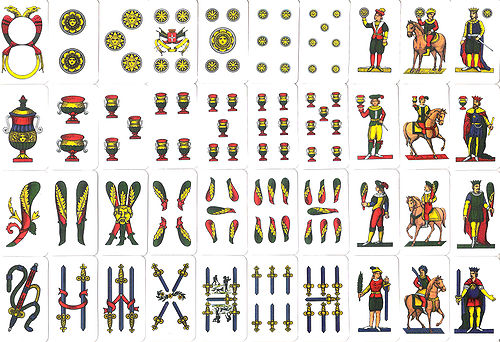- May 2017
-
annotatingausten.sfsuenglishdh.net annotatingausten.sfsuenglishdh.net
-
Plymouth
"Plymouth is a market town seated between the mouths of the rivers Plym and Tamar, in a bay of the English channel ,called Plymouth Sound, the Plym passing by one side of the town ,as the Tamar does on the other" (John Malham, Plymouth, Devonshire p 1).
"In 1801, at the time of the first census Plymouth old town had a population of 19,000. Devonport had 23,000 and had outgrown the original town. The end of the war with France in 1815 was catastrophic for Plymouth as many men were laid off from the dockyard. However Plymouth eventually recovered" (Tim Lambert, A Brief History of Plymouth, England, p 1).

-
Lady Middleton proposed a rubber of casino to the others.
"A set of games (usually three or five), the last of which is played to decide between the opponents when each has won an equal number; (hence) the winning of more than half the individual games by one side. Also in early use: †the final decisive game (obs.)" (OED).
"Casino first appears in the card game literature at the end of the eighteenth century in London, and shortly afterwards in Germany" ... "The aim in Casino is to capture cards from a layout of face up cards on the table. A card is captured by playing a matching card from hand. It is also possible to capture several cards at once if their values add up to the value of the card played" (John McLeod, Casino, page 1).

-
work table
"These small and elegant worktables were portable and could be easily carried near a light source or fireplace, or stashed against a wall when company came. They varied, some coming with a variety of compartments – some hidden – that contained writing and painting supplies. Many had book stands for reading, others had drawers that contained paper or embroidery threads and sewing supplies" (Vic, Regency Work Tables: A Regency Lady at “Work”, p 1).

-
fillagree
"Rolledpaper work, filigree work, or as it is now known, quilling, was a popular pastime for accomplished young ladies in the late 18th/early 19th centuries. The first known forms of this type of decoration, which is made by decorating items with many, many rolled and pinched or crimped pieces of paper, set in pleasing patterns, date from the 15th and 16th centuries" (Austenonly, Ladies Accomplishments, p 1).

*The above image is a tea-caddy decorated with fillagree work.
-
alacrity
"Liveliness, sprightliness; briskness, speed; cheerful readiness or willingness. Also: an instance of this" (OED).
-
consequences
"A round game, in which a narrative of the meeting of a lady and a gentleman, their conversation, and the ensuing ‘consequences’, is concocted by the contribution of a name or fact by each of the players, in ignorance of what has been contributed by the others" (OED).
-
veracity
"The quality or character in persons of speaking or stating the truth; habitual observance of the truth; truthfulness, veraciousness" (OED).
-